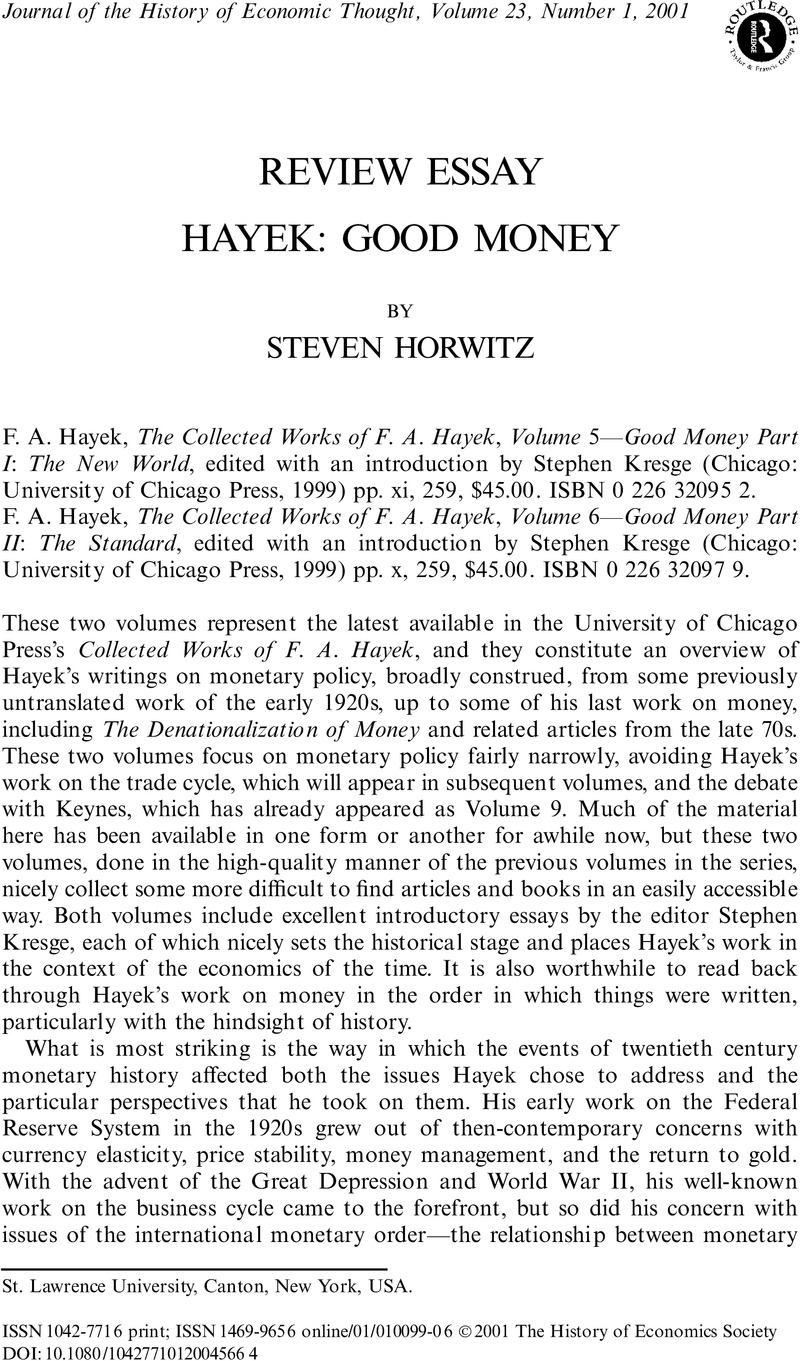Crossref Citations
This article has been cited by the following publications. This list is generated based on data provided by Crossref.
Klausinger, Hansjörg
2003.
The Austrians on Relative Inflation as a Cause of Crisis.
Journal of the History of Economic Thought,
Vol. 25,
Issue. 2,
p.
221.
Klausinger, Hansjoerg
2010.
Austrian Economics in Transition.
p.
218.



